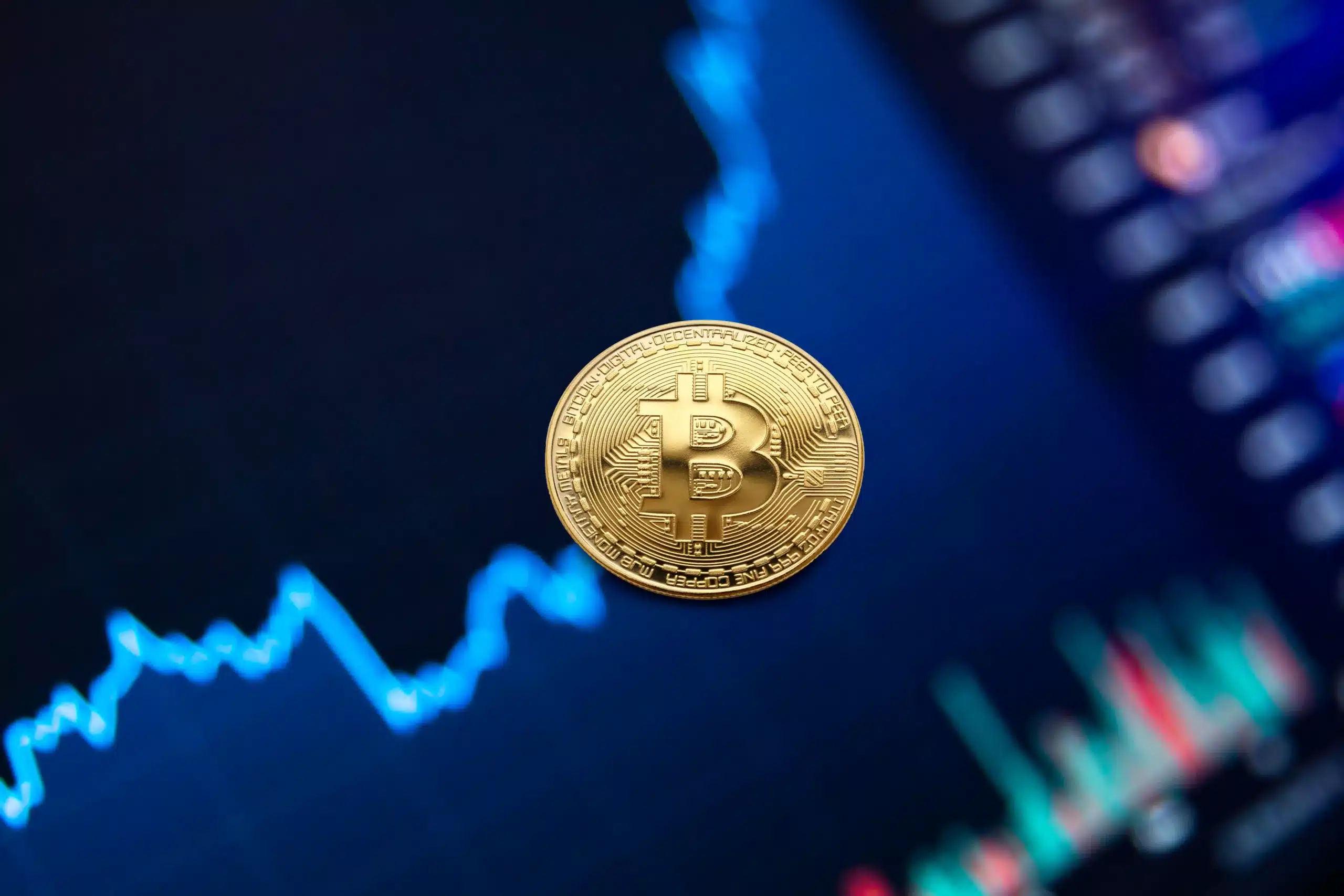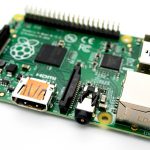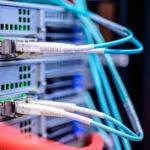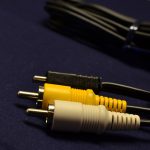
Introduction
Security has become a paramount concern on the Internet of Things (IoT), where everyday devices are becoming increasingly interconnected. With billions of IoT devices expected to be used in the coming years, the potential attack surface for cybercriminals is expanding rapidly. This is where blockchain technology, originally designed to secure cryptocurrencies, is emerging as a powerful solution to enhance security in IoT connectivity. This article comprehensively unlocks the potential synergy between blockchain and IoT to create a more secure and trustworthy ecosystem in connectivity.
The Rise of IoT and Its Security Challenges
IoT devices are significant in our daily lives–collecting and transmitting vast amounts of data, and their interconnectedness is significant for optimising various processes and services. IoT promises to bring efficiency, convenience, and innovation to multiple industries. However, this interconnectedness also exposes IoT devices to numerous vulnerabilities, including:
Data Integrity and Privacy Concerns: Ensuring the integrity and privacy of IoT-generated data is a significant challenge. Unauthorised access to or tampering with this data can pose severe consequences for both individuals and organisations.
Weak Authentication and Authorisation: Many IoT devices rely on weak or default passwords, making them easily vulnerable to hackers. Once compromised, these devices can be used as entry points to launch attacks on other network parts.
Lack of Standardisation: The diversity of IoT devices often leads to a lack of standardisation in security protocols, making it challenging to implement consistent security measures across the IoT ecosystem.
Centralised Points of Failure: Most IoT networks rely on centralised servers or cloud platforms to store and process data. These central points of failure are attractive targets for cyberattacks.
Enter Blockchain Technology: Exploring Its Role in IoT Security
Blockchain, a decentralised ledger technology that underlies cryptocurrencies like Bitcoin, offers a decentralised and immutable ledger–recording transactions across a network of computers. Blockchain ensures the integrity, transparency, and security of the data. It consists of a chain of blocks–each containing a batch of transactions. Its unique features make it an ideal candidate for addressing the security challenges of IoT:
Decentralisation – Blockchain operates on a decentralised network of nodes, eliminating the need for a single control point inherently reducing the risk of a single point of failure.
Transparency – Blockchain transactions are visible to all participants in the network, enhancing trust.
Immutable Record Keeping – Transactions on a blockchain are recorded in a tamper-resistant manner. Once data is written to the blockchain, it cannot be altered or deleted, ensuring data integrity.
Enhanced Security – Blockchain’s cryptographic techniques provide a robust layer of security. Public and private keys are used to secure access to the blockchain, making it easier for unauthorised users to gain control.
Smart Contracts – Smart contracts, self-executing contracts with predefined rules, can automate processes and ensure IoT devices adhere to agreed-upon conditions, reducing human error or malicious actions.
Use Cases of Blockchain in IoT Integration: Unveiling Broad-Range Applications
Blockchain can be integrated into IoT security in several ways, such as:
Device Identity and Authentication: Blockchain can be used to establish unique identities for IoT devices to authenticate and communicate with each other securely.
Data Integrity: By recording data transactions on the blockchain, IoT devices can ensure the integrity of the generated data. Any attempt to tamper with the data will be detected, enhancing trustworthiness.
Access Control: Smart contracts can govern access to IoT devices and data. Only authorised parties with the correct permissions can interact with the devices or access the data.
Healthcare: In the healthcare sector, blockchain can securely store and share patient records, ensuring data privacy and accuracy. IoT devices like wearable health monitors can transmit vital health data to the blockchain, enabling timely medical interventions.
Smart Cities: Smart city initiatives leverage IoT and blockchain to improve urban living. Secure and transparent data sharing can benefit traffic management, waste disposal, and public services.
Supply Chain Management: Blockchain can track the provenance of goods in supply chains. IoT sensors can record data at various production and shipping stages, creating a transparent and tamper-proof record.
Energy Management: In the realm of smart grids and energy management, blockchain can facilitate peer-to-peer energy trading among IoT-enabled devices, ensuring secure and transparent transactions.
Blockchain and IoT: Challenges and Considerations
While integrating blockchain technology with IoT holds great promise for enhancing security, several challenges and considerations must be addressed, such as:
Scalability – Blockchain networks, particularly public ones like Bitcoin and Ethereum, can struggle with scalability. As IoT networks grow, ensuring the blockchain can handle the increased load is crucial.
Energy Consumption – Proof-of-work blockchains, like Bitcoin, consume significant energy. Transitioning to more energy-efficient consensus mechanisms is essential for IoT applications.
Integration Complexity – Integrating blockchain technology into existing IoT ecosystems can be complex and may require significant changes to the architecture.
Cost – The cost of implementing and maintaining blockchain technology may be prohibitive for some IoT projects, particularly in resource-constrained environments.
Final Thoughts
Combining IoT and Blockchain technologies can create a more secure, transparent, and efficient application ecosystem. The prominent intersection has the potential to revolutionise industries by providing trusted, decentralised solutions for the growing network of connected devices. With continued research and development, it is expected to witness a future where interconnected devices are smarter and more secure, creating a safer and more trustworthy IoT ecosystem for all.





















